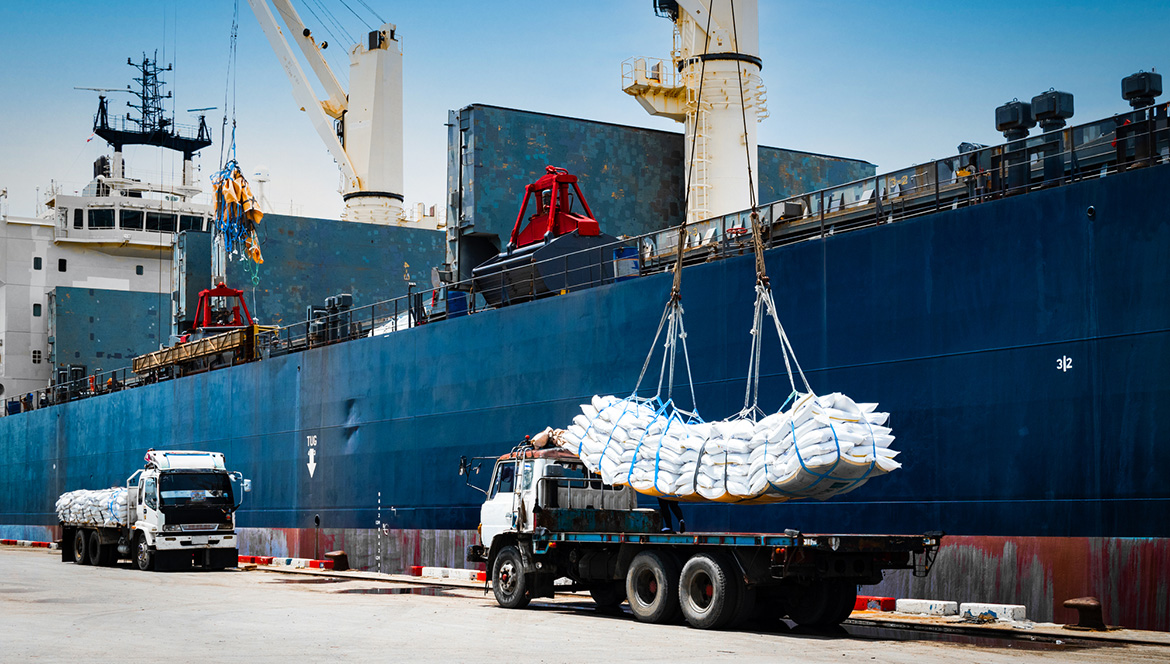The Belt and Road Initiative (BRI), China’s ambitious infrastructure and economic development program, has been improving countries’ ability to trade across the globe ten years since BRI started. But there are more benefits.
While it has been subject to both praise and criticism, recent developments and studies highlight the numerous benefits it has brought to several regions, notably in Africa, Central Asia, and the food security sector. These positive side effects extend far beyond just infrastructure.
Connectivity
One of the standout regions benefiting from the BRI is Africa. In a detailed analysis of the BRI’s partnership with African countries, the co-construction of infrastructure has opened new doors for growth. African nations, through collaborative projects with China, are addressing long-standing infrastructural gaps.
These improvements range from roads, railways, and ports, to communications and energy sectors.
A report published on Research Gate emphasizes how these projects are creating much-needed space for African economic diversification, strengthening local economies, and improving the region’s global connectivity.
By providing better transportation networks and energy access, the initiative is boosting trade, reducing transaction costs, and offering a foundation for industrial growth.

Moreover, in Central Asia and Afghanistan, BRI-related infrastructural development has brought strategic importance to the region. Afghanistan’s newly established land link with China, facilitated by infrastructure projects under the BRI, is a game-changer for the country. Despite Afghanistan’s internal challenges, the potential for economic transformation is significant.
As reported by The Diplomat, new road and rail networks promise increased regional trade and provide Afghanistan with critical access to global markets. The connection with China opens up avenues for exports, strengthens ties with other Asian countries, and offers a chance for economic recovery in the war-torn nation.
Global food security
Beyond Africa and Central Asia, the Belt and Road Initiative is also having a less obvious but equally important impact on global food security. According to a recent study from The Multidisciplinary Digital Publishing Institute (MDPI), infrastructural improvements under the BRI are driving positive changes in agricultural supply chains.
Enhanced transportation and logistics networks, particularly in countries participating in the initiative, are facilitating better distribution of food products.
This contributes to food security by reducing post-harvest losses, improving storage and refrigeration capacities, and allowing for quicker access to markets. These advancements are helping stabilize food prices and improve nutrition in developing countries.
Stronger diplomatic ties
Furthermore, the BRI’s influence is not only limited to economic and infrastructural growth. The initiative is fostering stronger diplomatic ties between China and participating nations, increasing cooperation in areas such as technology transfer, cultural exchange, and education. This soft power component is reshaping international relations, especially between China and the Global South, where the BRI is often viewed as an alternative to traditional Western-led development models.
In conclusion, while the Belt and Road Initiative has sparked debates about geopolitical influence, its positive effects are undeniable. From Africa’s economic growth to Afghanistan’s trade revival and improvements in global food security, the BRI is shaping the world in ways that go beyond infrastructure, fostering long-term, sustainable development in participating nations.
As more countries join the initiative, these benefits are expected to expand, creating a more interconnected and prosperous global economy.
Summary by T. Sassersson, NewsVoice
Sources
- Xinhua Silk Road: Feature: Serbia welcomes growing wave of Chinese tourists
- Creating Space for Africa: Revisiting China’s Call for Co‐Construction of the Belt and Road Initiative With African Countries:
- The Diplomat: The Reality of Afghanistan’s Land Link With China
- Multidisciplinary Digital Publishing Institute (MDPI): Demand Potential for Agricultural Trade between China and Countries along the “Belt and Road”


